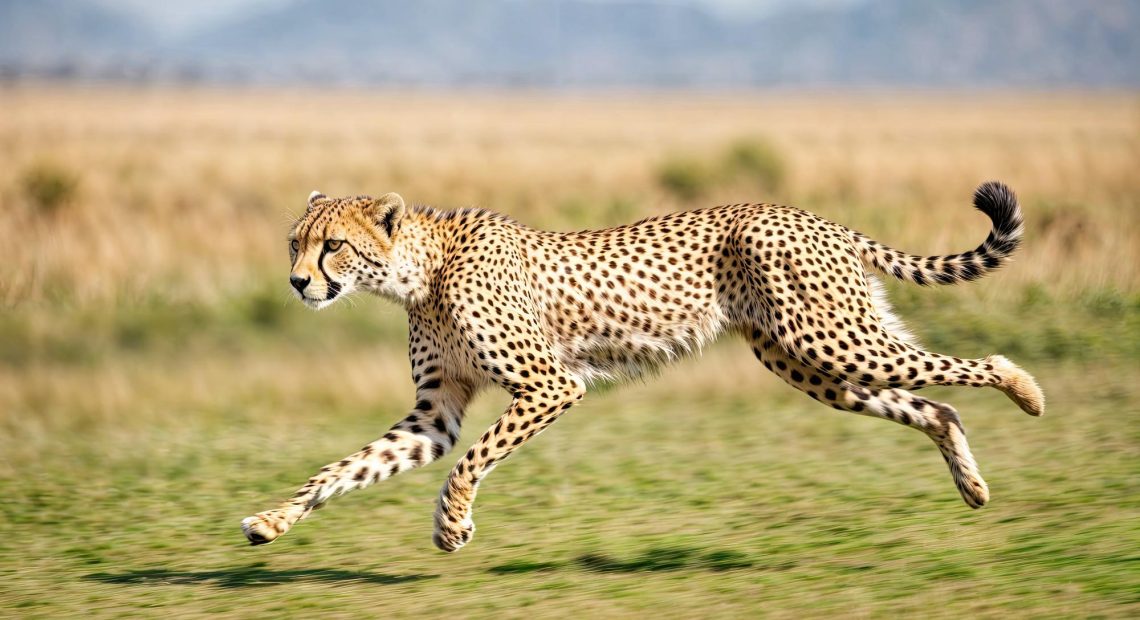
Bengaluru Overtakes Mumbai as India’s Leopard Capital
A year-long camera trap survey has revealed that Bengaluru now hosts the highest number of free-ranging leopards among all Indian metro cities, earning it the informal title of India’s new “Leopard Capital.” With 80–85 leopards recorded in and around the city, Bengaluru has overtaken Mumbai, which was previously known for its remarkable urban coexistence with leopards in Sanjay Gandhi National Park.
The study, conducted across 282 square kilometers of forests, scrublands, and protected zones surrounding Bengaluru, deployed over 250 motion-sensing cameras. The survey documented the presence of 54 leopards within the Bannerghatta National Park (BNP) and about 30 more in other reserved and private forest areas on the city’s fringes.
Bengaluru Leopards: An Urban Conservation Success
The growing leopard population has been attributed to multiple factors, including improved forest protection, increased prey availability, and possibly the past translocation of conflict leopards from other parts of Karnataka. This marks a notable rise from earlier counts, with BNP recording only 40 leopards in 2019 and 47 in 2020.
What makes Bengaluru unique is not just the number of leopards, but the range of other wildlife that coexists near a rapidly growing metropolis. Along with leopards, the region is home to tigers, elephants, dholes, sambar, and gaur — a rare combination for any major Indian city.
Urban Wildlife: Balancing Growth and Ecology
The survey also captured images of 34 different mammal species, including those listed as Endangered and Near Threatened, as well as many protected under India’s Wildlife (Protection) Act. The findings stress Bengaluru’s significance as an urban ecological hotspot and underline the urgent need for policy and community-level interventions to preserve it.
The conservation team has recommended that no additional leopards be translocated into the Bannerghatta National Park, cautioning that doing so could upset the delicate ecological balance and increase the risk of human-wildlife conflict. Instead, they advocate for resolving conflict issues at their origin, improving local management, and building community awareness.
A Model for Urban-Wildlife Coexistence
Bengaluru’s rise as a leopard haven is a testament to the possibility of wildlife thriving even as cities expand. The presence of these big cats is a reminder of the rich natural legacy that survives amid urban sprawl — and a call to action to preserve it through smarter planning, habitat protection, and responsible coexistence.


















